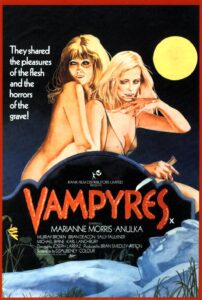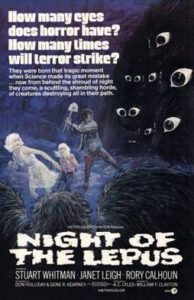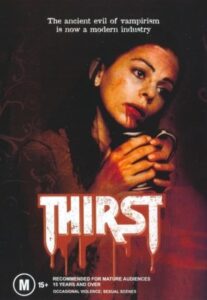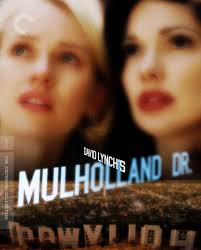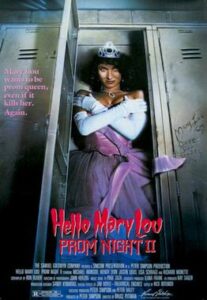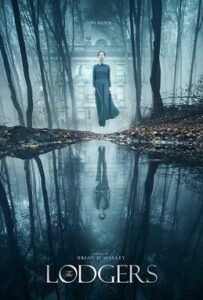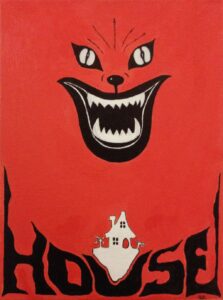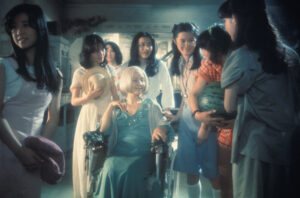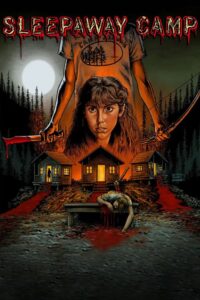All stories require exposition. From romances set in the modern day to period pieces, fantasies, and science-fiction all tales require a level of explanation about the characters and how their lives and histories intersect with the larger world around them, but ghost stories and mysteries raise the bar for the writer in both the amount of exposition required and the skill to deploy it in a satisfying manner.
Ghost stories often turn on a mystery, why there this ghost, what events created it and what is needed for the restless dead to finally rest. In that way a ghost story is an often, but not always, a mystery where the dead actively participate. Mysteries are built upon the fact that there is hidden knowledge that will be revealed and its revelation with illuminate both plot and character in a satisfying way.
For both types of stories, the exposition usually arrives late, near the end, when the final pieces are slotted into place and the truth is finally uncovered. This is the moment of greatest danger for the writer.
It’s very tempting and trap to have one character deliver the exposition in a massive info dump laying out all the particulars of the plot and how the various elements interlock creating the narrative. If managed skillfully and with dramatic tension still alive, look to Knives Out for a fine example of this performed masterfully both in the writing and by the actors, the reveal can be exciting and dramatic. Done badly and it’s a boring scene with usually one actor forced to attempt to salvage the story by eating the scenery.
This week I watched The Nesting, a title which makes no sense whatsoever, a horror movie and Gloria Grahame’s final film performance, about an agoraphobic woman and her experiences in a haunted house. The core story and set up are perfectly serviceable but when it comes time to deliver the expositions we are treated to John Carradine, sadly far past his prime, attempting to deliver a clunky info dump as his character dies. The film was hardly working before and this badling worked exposition killed what little life remained.
If you are writing a ghost story or mystery, take particular care around the final exposition, remember that a scene, including expository ones, require tension derived from a character trying to achieve something and facing obstacles in that pursuit.

